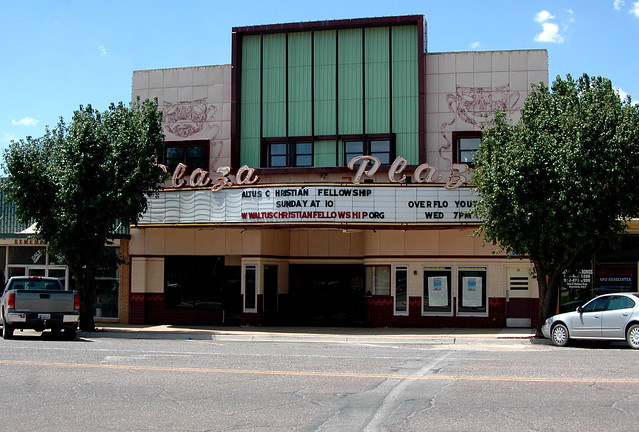Here is how this project of mine goes. Each and every week (give or take), using a random number generator I pick one county from the United States and give a little bit of information on that county. I am going with five general pieces of information - historical, cultural, news, natural, political, etc. - to share about the county I choose. Ideally, I'll stick it out until every single county in the United States is completed.
Two counties in two weeks. Let's find out more!
The second selection in the county project is...
Stewart County, Georgia
Founded: December 23, 1830
Population: 6,058
Total Area: 459 sq. miles
County Seat: Lumpkin
Population: 6,058
Total Area: 459 sq. miles
County Seat: Lumpkin
Senators: Saxby Chambliss (R), Johnny Isakson
(R)
Representative: Sanford Bishop (D)
Representative: Sanford Bishop (D)
(1) The area of Stewart County had
been inhabited by Native Americans for thousands of years prior to European
settlers arriving. People of the Mississippian culture built a complex
series of mounds at a settlement on the Chattahoochee River River just south of
Omaha, GA between the years 1100 - 1350 CE. The Roots Landing
archaeological site features a series of eight major earthwork
mounds, with the largest having a height of 25 feet and a summit measuring 145
x 125 feet.
Conflicts with settlers over the years eventually culminated with the
Indian Removal of the communities, with the federal government forcing most
Creek people west of the Mississippi river to Oklahoma.
(2) Providence
Canyon State Park in the western part of the county is 1003 acres of
protected state land. Known of Georgia's "little Grand Canyon",
it is considered to be one of the seven natural wonders of Georgia. While
there are a number of large gullies, the largest of them at 150 feet deep is
not actually a natural feature, caused by over erosion due to poor farming
practices in the 19th century. The park has 2 picnic shelters, 6 backpacking
sites, a group shelter, and 2 pioneer campsites.
(3) The county
seat of Stewart County is the city of Lumpkin.
At just over 1,300 population, Lumpkin is the historic home of Cherokee,
Choctaw, and Creek Native American People. The town grew as a commercial
center served by stagecoach, trading and supporting extensive cotton
plantations in the area.
The main restaurant in town is the 4-way BBQ,
where "Their Butts Smell Good!"
(4) Stewart County is home to an artisan rum
producing company known as Richland
Rum.
Award Winning RICHLAND RUM is meticulously handcrafted in the USA with pure sugarcane –including homegrown cane from the proprietor’s Estate ‘Vennebroeck’ in Richland, Georgia - and natural water from the Georgia Aquifer, as the only ingredients. Sourcing and processing of premium sugar cane syrup, slow fermentation, copper pot distilling in single day batches, aging in virgin American oak barrels and ultimately bottling are all handled in house. RICHAND RUM is all natural, authentic, not blended, does not contain preservatives, taste enhancers, color agents or additives of any kind.
Richland Rum has only two ingredients: pure sugar cane syrup and natural water. The syrup is made from sugar cane grown at the proprietor’s Estate – Vennebroeck – near Richland, Georgia, USA, augmented by pure syrup sourced locally and from Louisiana and Florida. Richland Rum is an all-natural product that does not contain any preservatives, coloring, artificial flavoring or additives of any kind.
(5) Historic Westville, GA is a living history museum village with over 30 authentically restored and furnished antebellum buildings. There are 82 acres of land featuring fields, buildings, and the village. It is meant to preserve, demonstrate, and interpret the way of life in what was considered the "West" of Georgia in the pre-1860's. Buildings include a court house, church, school, stores, craft shops, residences, and cotton plantation buildings, and the village is considered (and claims to be) the 3rd oldest living history museum in the United States.
Before we go,
Stewart County has 64%-36%
registered voters going Democratic voters over Republican voters.
The county went for Barack
Obama over both Romney and McCain. We should be cautious before
we make any sweeping generalizations about the south.
Thank you for
visiting Stewart County! See you soon.

